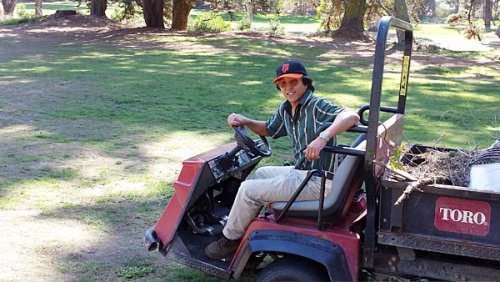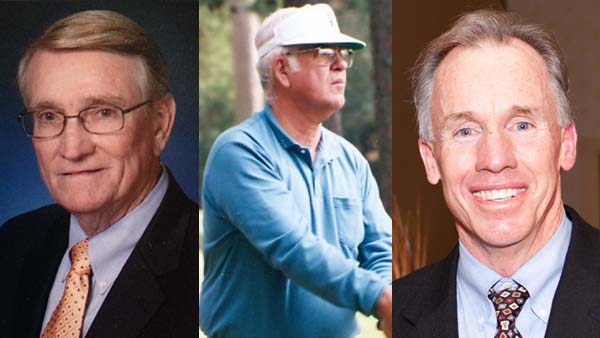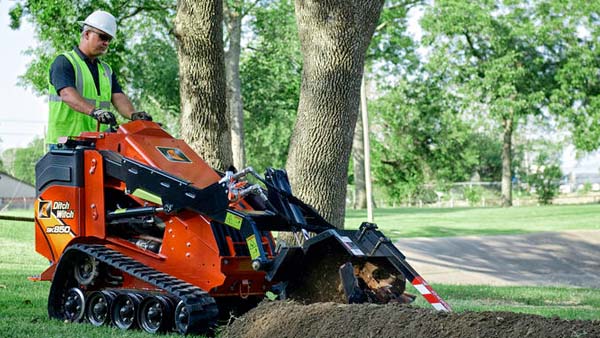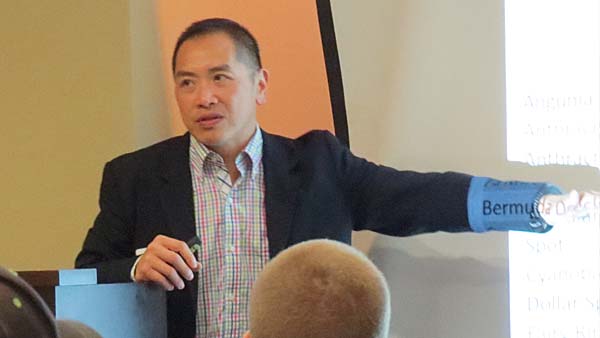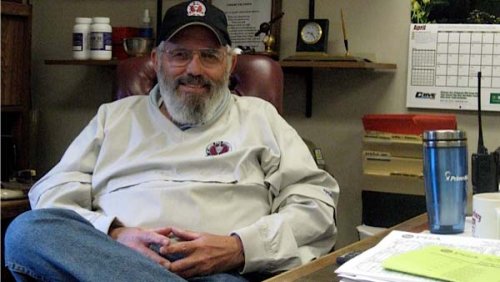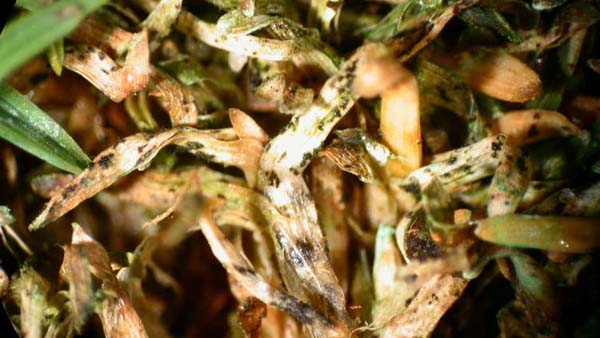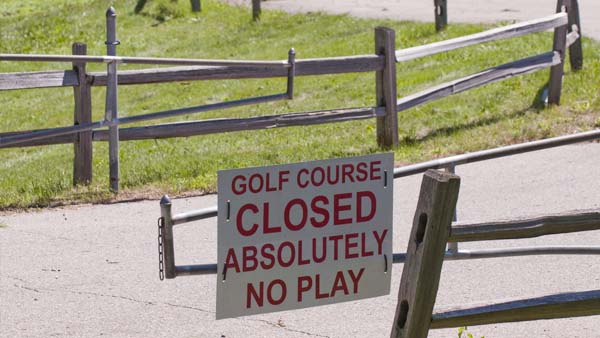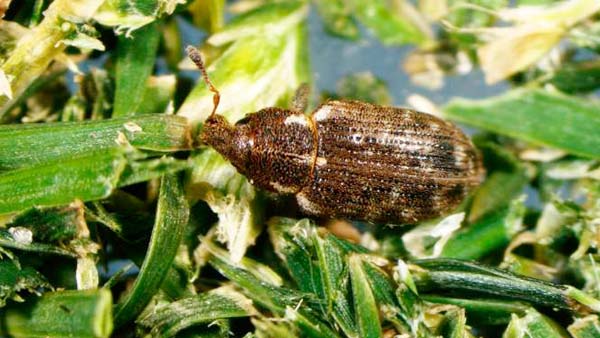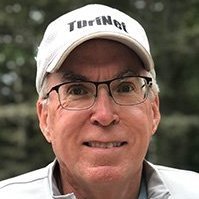

Turflux has an exclusive distribution agreement with Raven Industries to market Raven Slingshot® RTK technology to the North American golf and turf market. Turflux spray systems will be available for installation on new sprayers or as a retrofit to existing sprayers.
What's RTK? In a nutshell, RTK (Real Time Kinematic) provides a new level of precision over traditional "GPS-only" systems. RTK utilizes cellular networks and fixed reference points to enhance the precision of positional data derived from satellite-based systems for repeatable sub-inch accuracy. Because the system is connected via cellular networks, control functions are accessible remotely on the fly and data is transferred wirelessly in real time to a secure online database. All data can be accessed from anywhere via a web browser or cell phone.
Compared to traditional "GPS-only" systems, Raven Slingshot (coupled with the Raven Envisio Pro II) eliminates line-of-sight obstructions like trees, valleys and buildings. The cellular connectivity feature enables Raven or Turflux support personnel to diagnose and fix problems on the fly or walk the operator through the issue.
According to Tim Fitzgerald, president of Turflux, LLC and Krigger & Co., the Turflux spray system will be available to fit any brand or color of sprayer, whether pressure-based like the Cushman SprayTek or flow-based like the Toro and Smithco systems. The Turflux system will be priced at $29,300 plus tax and shipping of the vehicle to and from Gibsonia, PA for installation. While a dealer network is being established, Turflux intends to install all systems at their location.
An annual subscription fee of $1800 will apply after the first year. That includes $1000 for the base station network and $800 for a cellular data plan.
How does this system differ from the Smithco Star Command or Nutec/TurfGeeks systems? The Smithco Command Pro uses the Raven Envizio Pro control system, which is described as "Slingshot ready". As such, it does not (as yet) have the cellular connectivity, RTK correction and real-time remote management capabilities of Slingshot.
The Turf Geeks autocontrol spray system from Nutec Soil utilizes the DirectCommand system from Ag Leader rather than Raven components.
Scuttlebutt around the water cooler indicates that Toro will introduce a GPS-controlled spray system of it's own in 2015, and with the many layers of precision-ag technology residing within John Deere, smart money would say they will have one soon too.
Turflux has been working with eight Slingshot-equipped systems in the field (four are Turflux-branded conversion kits) in the Pittsburgh area for the past year, and has been able to document chemical savings of 15% to 23% at those facilities.
"On the lower end, we see the 15% savings numbers on those courses with relatively straight fairways and accessible green and tee complexes where alignment of passes isn't that much of a problem," said Fitzgerald. "We see the higher savings (up to 23%) on those courses with tightly-bunkered green complexes and more complex fairway layouts," he said.
Either way, payback on the system investment can be as short as two years.
Ken Flisek, CGCS, of The Club at Nevillewood in Presto, PA, said in a video interview that prior to using the Turflux system on their Smithco Spray Star 2000, various operators would spray anywhere from 225,000 to 250,000 square feet when spraying greens and approaches. "Now that we have it mapped out, we spray exactly 200,000 square feet every time, regardless of operator," said Flisek.
John Shaw, CGCS, of Valley Brook Country Club said in another video interview that the individual nozzle control of the Turflux system enabled them to vary their spray pattern throughout the season and thus avoid the repeating overlaps caused by having to spray in the same direction each time. Shaw estimates he has realized a 20-23% reduction in chemical usage due to the Turflux system.
Both Flisek and Shaw are long-time TurfNet members.
Fitzgerald estimates that at some point in the not-too-distant future half or more of the 15,000 golf courses in the US will be equipped with GPS-controlled sprayers. He obviously wants Turflux to have a big share of that.
"The systems offered by Turflux are built on proven Raven products and can be game-changing in an industry that is judged by quality but desperately looking for cost control," Fitzgerald commented. Well said.
More information in the videos below and at turflux.com.
- Read more...
- 9,418 views

